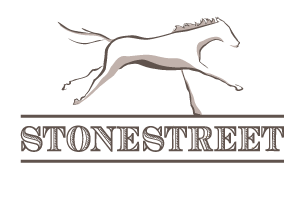Vital signs are an important tool in detecting the early signs of ill health as well as being a useful training aid. Every person working with horses should know how to interpret these four signs: temperature, pulse, respiration and capillary refill time.
-
Pulse
The adult pulse rate at rest will be between 28 to 44 beats per minute, a foal will be 80 to 100 beats per minute. Count the heartbeats by using a stethoscope just behind the left elbow or by pressing lightly with your fingers on the facial artery.
-
Respiration
An adult horse at rest will take 10 to 24 breaths each minute; a foal will take 20 to 40. Measure respiration rate by observing the flank (anatomy) moving as the horse inhales and exhales, or use a stethoscope.
-
Temperature
Normal temperature in an adult is between 99F and 101F; foals are a little warmer at between 99.5F and 102.5F.
-
Capillary Refill Time
Press the gums with your finger; the mucous membranes are a healthy pink when the blood circulation is normal and it should take less than two seconds for the color to return after pressure is released.
Indicators of Health
We measure and record the temperature of the foals twice daily; yearlings and all horses at the training center are checked once each day, and mares are checked daily in the five days post foaling. Familiarity with the normal temperature of an individual is important, as elevated temperature is often the first indication of ill health. How high the temperature is determines whether we call a vet immediately or continue to monitor with more frequent checks.
Applications for Training:
Post exercise heart and respiration rates can be used as an indicator of fitness levels. At the Stonestreet Training Center the Trainer observes how each horse cools out after exercise, monitoring how quickly breathing returns to resting rate and how this compares to previous work outs (breeze) for that individual.
A heart rate monitor under the saddle can be used during exercise, although we do not use these in our training regimen. Horses are quick to reach peak cardiovascular fitness but it takes more time for the supporting structures. Aerobic exercise is used during the early stages of training but to reach peak fitness a racehorse requires anaerobic training at high speed and maximum heart rate; therefore a heart rate monitor is a less useful tool.
Download a TPR Sheet!
